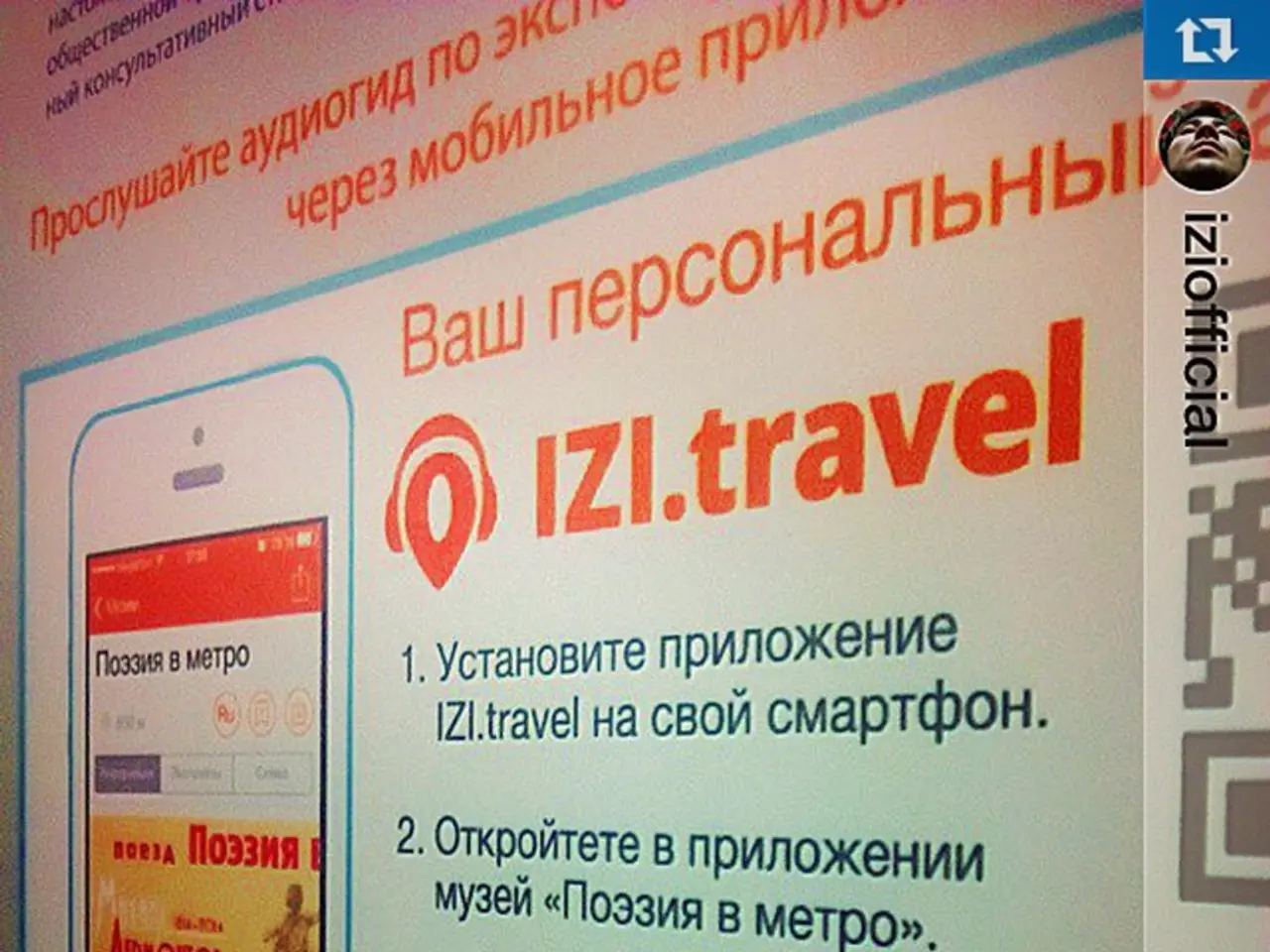Exploring the Commodification of Invention Rights in Contemporary Companies
In the dynamic world of innovation, the commercialization of patents plays a crucial role in bringing groundbreaking ideas to market. Recent trends centre around licensing, leveraging patent-pending data, and integrating AI technologies, significantly reshaping the dynamics among inventors, corporations, and patent brokers.
1. Licensing as the Predominant Strategy
Inventors increasingly opt for licensing to commercialize patents, granting corporations the rights to manufacture and sell inventions in exchange for royalties or lump-sum payments. This approach allows inventors to retain ownership while benefiting from the licensee’s market reach and expertise, reducing their capital and operational risks. On the other hand, corporations gain access to innovation without heavy R&D investments. For instance, Warby Parker's patented manufacturing and design methods enabled it to disrupt eyewear markets through innovative business strategies [1][2].
2. Increased Use of Patent-Pending Assets
Licensing and commercialization now frequently involve patent-pending technologies, particularly in sectors like pharmaceuticals. This approach allows inventors and smaller firms to mitigate risks associated with patent grants by transferring some risk to licensees, gaining early revenue and funding their R&D. Corporations get cost advantages by acquiring licenses before patent grants, fostering closer collaborations that enhance development and commercialization [2].
3. Role of AI in Patent Commercialization
AI-powered tools are revolutionising patent management by automating tasks such as technical similarity analysis, licensing target identification, validity checks, and legal workflows. Inventors, patent brokers, and corporations leverage AI platforms (like AI patent generators) for higher efficiency across patent lifecycles and strategic decisions. This AI integration fosters tighter cooperation and streamlines interactions among stakeholders by providing deeper data insights and reducing traditional inefficiencies [4].
4. Sector-specific Trends Shaping Patent Commercialization
In areas like Artificial General Intelligence (AGI), patent filings are rapidly increasing and focusing on cognitive architectures and deep learning. Corporations and inventors must develop differentiated patents to stand out, indicating a more competitive patent landscape that also affects broker strategies in identifying valuable assets [3]. In pharmaceuticals, coming patent expiries (Loss of Exclusivity) pressure companies to rethink commercialization strategies to extend economic benefits amid growing generic competition [5].
These trends promote a more collaborative and data-driven environment. Inventors increasingly rely on corporations’ resources while maintaining strategic control via licensing. Corporations seek early-stage opportunities and efficiency gains from AI and patent-pending data. Patent brokers evolve into sophisticated intermediaries orchestrating complex deals supported by AI analytics and nuanced licensing terms. The patent commercialization ecosystem thus becomes more interconnected, strategic, and technologically enabled [1][2][3][4][5].
Key Players and Their Roles
| Aspect | Inventors | Corporations | Patent Brokers | |-----------------------------|--------------------------------------------------------|--------------------------------------------------------|---------------------------------------------------------| | Licensing | Retain ownership; leverage market expertise | Access innovation; reduce R&D burden | Facilitate deals; match inventors with licensees | | Patent-pending licensing | Early revenue; risk mitigation | Cost advantage; early access to innovations | Advise on risk/benefit; structure flexible agreements | | AI adoption | Streamlined patent drafting and management | Data-driven decision-making; efficient portfolio management | Provide AI-enhanced analytics; optimize commercialization pathways | | Market pressures (e.g., patent cliffs) | Need for smart commercialization plans | Urgency to extend lifecycle value; invest in new patents| Strategize to maximize patent value pre- and post-expiry|
Conclusion
Understanding the roles of key players and collaborating strategically can help bring transformative innovations to market while overcoming common challenges in the patent commercialization process. Inventors and startups typically identify market needs, secure patents, develop a business strategy, and seek funding to support commercialization efforts. Corporations and large enterprises leverage patented technologies to enhance their product offerings and stay competitive in the market. Patent brokers provide crucial negotiation support, helping both parties reach mutually beneficial arrangements. Effective patent commercialization offers numerous benefits, including monetizing intellectual property, fostering collaboration, job creation, and economic growth. Key players in patent commercialization include inventors, startups, corporations, and patent brokers or intermediaries, each with distinct functions that enhance the potential success of commercializing patented inventions.
Read also:
- Hematology specialist and anemia treatment: The role of a hematologist in managing anemia conditions
- A Week in Pixelized Realm: The Transformation of the World in Digital Form
- Enhancing the framework or setup for efficient operation and growth
- Hydroelectric Power Generation Industry Forecasted to Expand to USD 413.3 Billion by 2034, Projected Growth Rate of 5.8% Compound Annual Growth Rate (CAGR)




